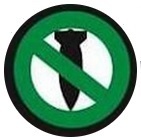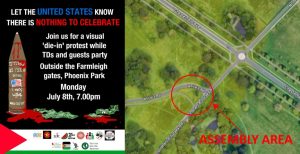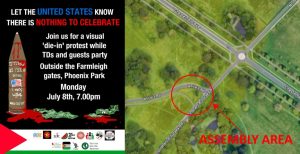Inquiry Begins Into Destruction of Tapes By MARK MAZZETTI and DAVID JOHNSTON
The announcement comes amid new questions about which officials inside the C.I.A. were involved in the decision to destroy the videotapes, which showed severe interrogation methods used on two Qaeda suspects, Abu Zubaydah and Abd al-Rahim al-Nashiri.
Inquiry Begins Into Destruction of Tapes By MARK MAZZETTI and DAVID JOHNSTON
The announcement comes amid new questions about which officials inside the C.I.A. were involved in the decision to destroy the videotapes, which showed severe interrogation methods used on two Qaeda suspects, Abu Zubaydah and Abd al-Rahim al-Nashiri.
The agency operative who ordered the destruction of the tapes in November 2005 was Jose A. Rodriguez Jr., then the chief of the C.I.A.’s national clandestine service, known as the Directorate of Operations until 2005. On Saturday, a government official who had spoken recently with Mr. Rodriguez on the matter said that Mr. Rodriguez told him that he had received approval from lawyers inside the clandestine service to destroy the tapes.
This disclosure could broaden the scope of the inquiry into the tapes’ destruction. Several officials said that top lawyers at the White House and the Justice Department advised the C.I.A. in 2003 not to destroy the videos.
Current and former intelligence officials said that the agency’s senior lawyer, John A. Rizzo, had not been notified about the decision and was angered to learn about the destruction of the tapes, which could complicate the prosecution of Abu Zubaydah and others.
Mr. Rizzo’s position, together with the fact that the C.I.A. inspector general, John L. Helgerson, is now examining the matter, indicates a greater level of internal concern at the agency over the destruction than Gen. Michael V. Hayden, the C.I.A. director, indicated in his message to agency employees on Thursday. General Hayden’s message said that Mr. Helgerson’s office had reviewed the tapes in 2003, but did not mention whether the inspector general had signed off on their destruction.
In a statement released on Saturday, General Hayden said he welcomed the inquiry and the “C.I.A. will cooperate fully.”
Investigators will gather facts to determine whether a full inquiry is warranted. If it is determined that any agency employee broke the law, the standard procedure would be for Mr. Helgerson to issue a criminal referral to the Justice Department.
The investigation comes after both the Senate and House intelligence committees started their own investigations into the destruction of the tapes. In a statement on Saturday, the chairman of the House Intelligence Committee, Representative Silvestre Reyes, Democrat of Texas, said the inquiry would be an “important first test” for Attorney General Michael B. Mukasey to demonstrate his independence. “I have yet to receive a satisfactory answer as to why Congress was kept in the dark about this matter,” he said.
In a letter to the C.I.A. on Saturday, Assistant Attorney General Kenneth L. Wainstein, who heads the Justice Department’s National Security Division, requested to meet with Mr. Helgerson and Mr. Rizzo early next week to discuss the inquiry.
Mr. Rodriguez, who could not be reached for comment, announced his retirement from the agency this summer. The New York Times has made a request through an agency spokesman to speak with him.
Officials have acknowledged that the destruction of evidence like videotaped interrogations could raise questions about whether the C.I.A. was seeking to hide evidence of coercion. A review of records from military tribunals indicates that five lower-level detainees at Guantánamo Bay, Cuba, were initially charged with offenses based on information provided by or related to Abu Zubaydah.
Military defense lawyers said the fact that interrogation tapes were destroyed could provide a way to challenge other cases that may be based on information from Abu Zubaydah, though such challenges would face major legal obstacles under the current rules for military prosecutions. They said the defense could argue that the tapes might have raised questions about whether the information was believable or whether Abu Zubaydah had invented it simply to stop aggressive interrogation techniques. Col. Steven David, the chief military defense lawyer for the Guantánamo war crimes cases, said at a trial, “The inference is they destroyed it because it was bad for them.”
He said the disclosure of the destroyed tapes “raises serious concerns” about other potential prosecutions, but it was too early to say how many, or how serious the damage might be. In any case based on information from Abu Zubaydah, defense lawyers could raise the issue of the destroyed tapes as a way to challenge the case. From a defense lawyer’s perspective, Colonel David said, “the issue becomes what is lost, what is destroyed, what else has been destroyed and what else is out there that we are not aware of.”
Abu Zubaydah and Mr. al-Nashiri, who is said to be the chief planner of the 2000 attack on the Navy destroyer Cole, are the only suspected Qaeda figures identified so far as the subjects of interrogations recorded on the destroyed tapes.
NY TIMES






